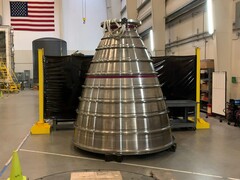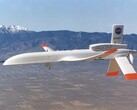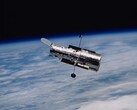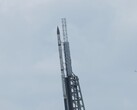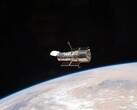The new metal alloy, developed by NASA's Glenn Research Center, could solve a long-standing problem in the aerospace industry — the lack of an affordable 3D-printable material that can withstand the extreme temperatures found inside of jet and rocket engines. The new material from NASA — an oxide dispersion strengthened alloy named GRX-810 — demonstrates an unprecedented level of performance and durability.
For this achievement, NASA researchers employed computational modeling — finding the optimal alloy combination in only 30 simulations. Conventionally, this process would have taken years of trial-and-error. The NASA team, led by materials engineer Tim Smith, then used a novel manufacturing technique called “resonant acoustic mixing” to evenly coat powdered metal particles — a mixture of nickel, cobalt, and chromium — with nano-oxide particles which act as a strengthening agent.
According to NASA, the new alloy delivered impressively in the tests. At 2,000 °F (1,093 °C), it had twice the strength, three and a half times the flexibility, and over 1,000 times the durability of current state-of-the-art alloys.
This breakthrough is revolutionary for materials development. New types of stronger and more lightweight materials play a key role as NASA aims to change the future of flight. Previously, an increase in tensile strength usually lowered a material’s ability to stretch and bend before breaking, which is why our new alloy is remarkable. — Dale Hopkins, a deputy project manager at NASA.
The technology is now being commercialized by Elementum 3D, a Colorado-based company which holds a co-exclusive license for the alloy, which has been patented by NASA. Elementum 3D is already working with Vectoflow for the development of GRX-810-based sensors for jet engines.




